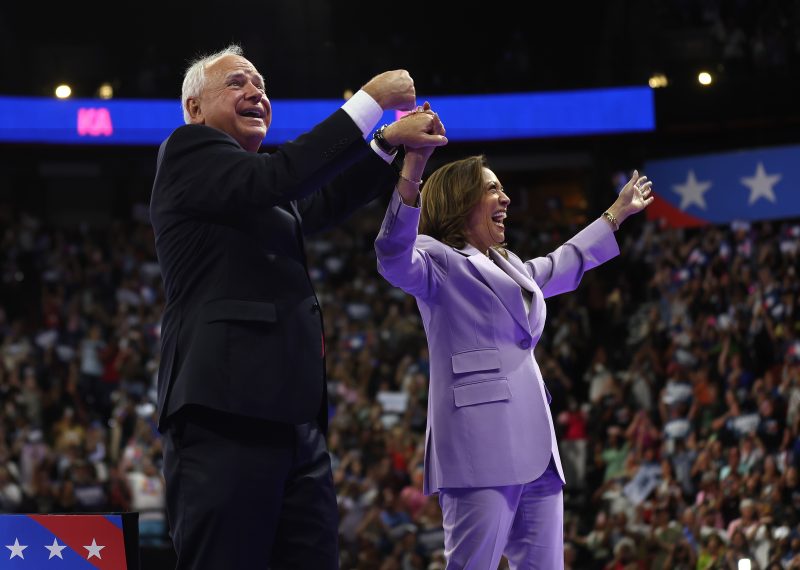In a bold move to challenge former President Donald Trump’s stance on border security, Vice President Kamala Harris has shifted the narrative by going on the offense over the border issue. Harris has been actively working to address the root causes of migration from Central America to the United States, in an attempt to undercut Trump’s hardline policies focusing solely on border enforcement. This strategic approach signals a departure from the traditional reactive measures towards a more proactive and comprehensive solution.
By emphasizing the need to address the underlying causes of migration, Harris is demonstrating a commitment to long-term, sustainable solutions rather than quick-fix border enforcement measures. The Vice President’s approach recognizes the interconnected nature of the issues at hand, acknowledging that simply fortifying the border is not enough to address the complex and multifaceted challenges of migration.
One of the key components of Harris’s strategy is to engage in diplomatic efforts with leaders of Central American countries to identify and tackle the root causes of migration. By working collaboratively with these nations, the Vice President aims to address issues such as economic instability, violence, and lack of opportunities that drive people to seek asylum in the United States. This proactive approach not only aims to reduce the flow of migrants to the border but also demonstrates a commitment to supporting the region’s growth and stability.
Additionally, Harris has stressed the importance of investing in programs that provide alternatives to migration, such as job training, education, and economic development initiatives. By focusing on empowering local communities and addressing the drivers of migration, the Vice President seeks to create conditions that allow people to thrive in their home countries, reducing the need to undertake the perilous journey to the United States.
Harris’s emphasis on a comprehensive and proactive approach to migration stands in contrast to the previous administration’s reliance on punitive measures and deterrence tactics. By reframing the conversation around the border as a broader regional issue that requires collaboration and investment, the Vice President is setting the stage for a more sustainable and humane approach to migration management.
As Harris continues to push forward with her strategy to address the root causes of migration, it remains to be seen how effective these efforts will be in the long run. However, by taking proactive steps to engage with Central American partners, invest in development programs, and address the underlying drivers of migration, the Vice President is laying the groundwork for a more holistic and effective approach to border security and immigration.

